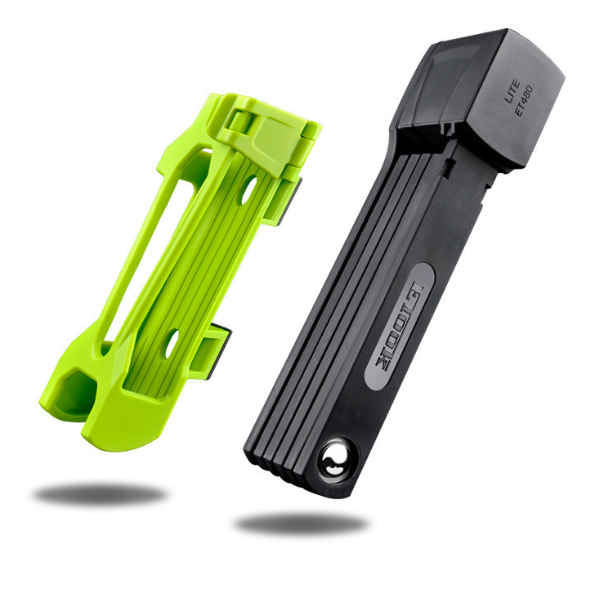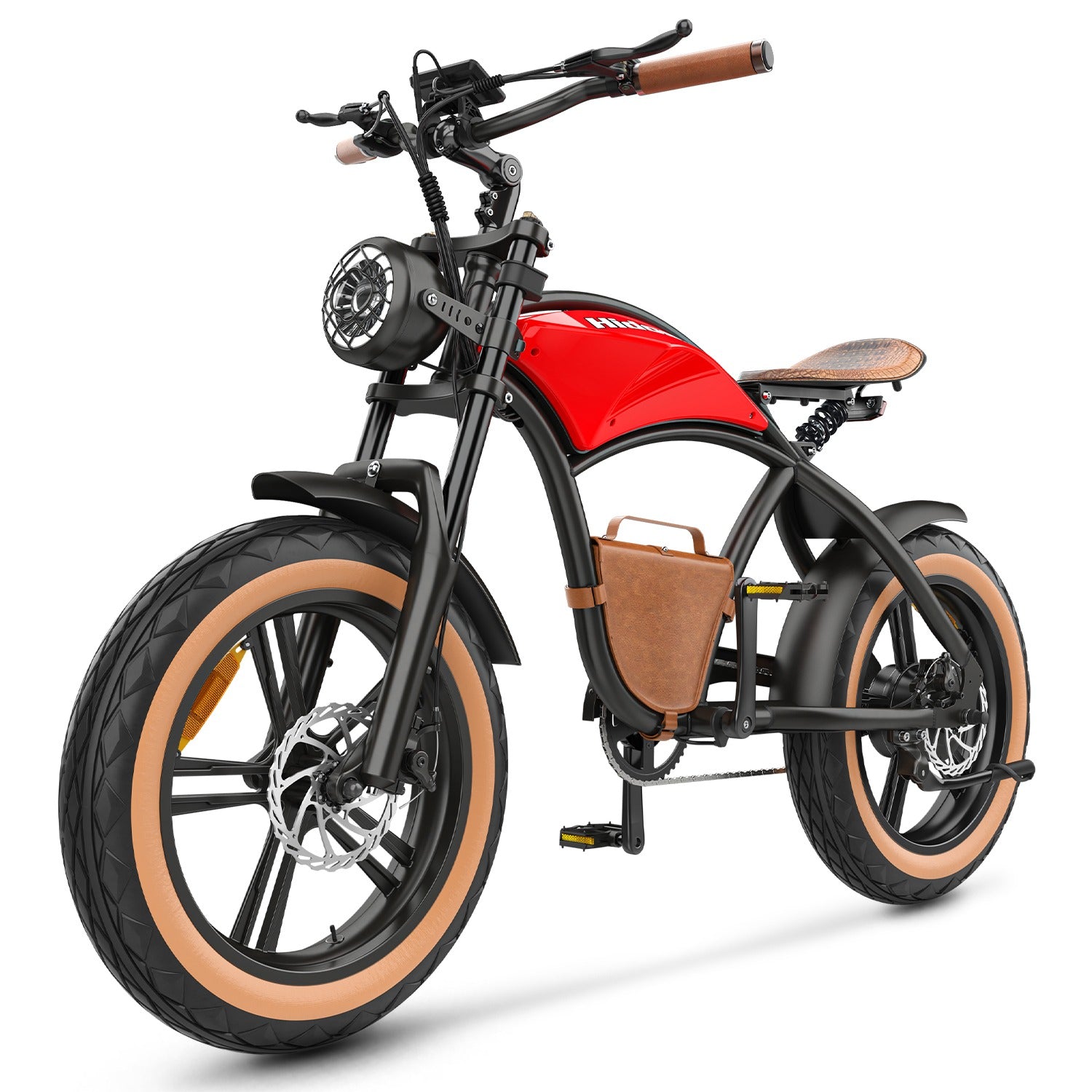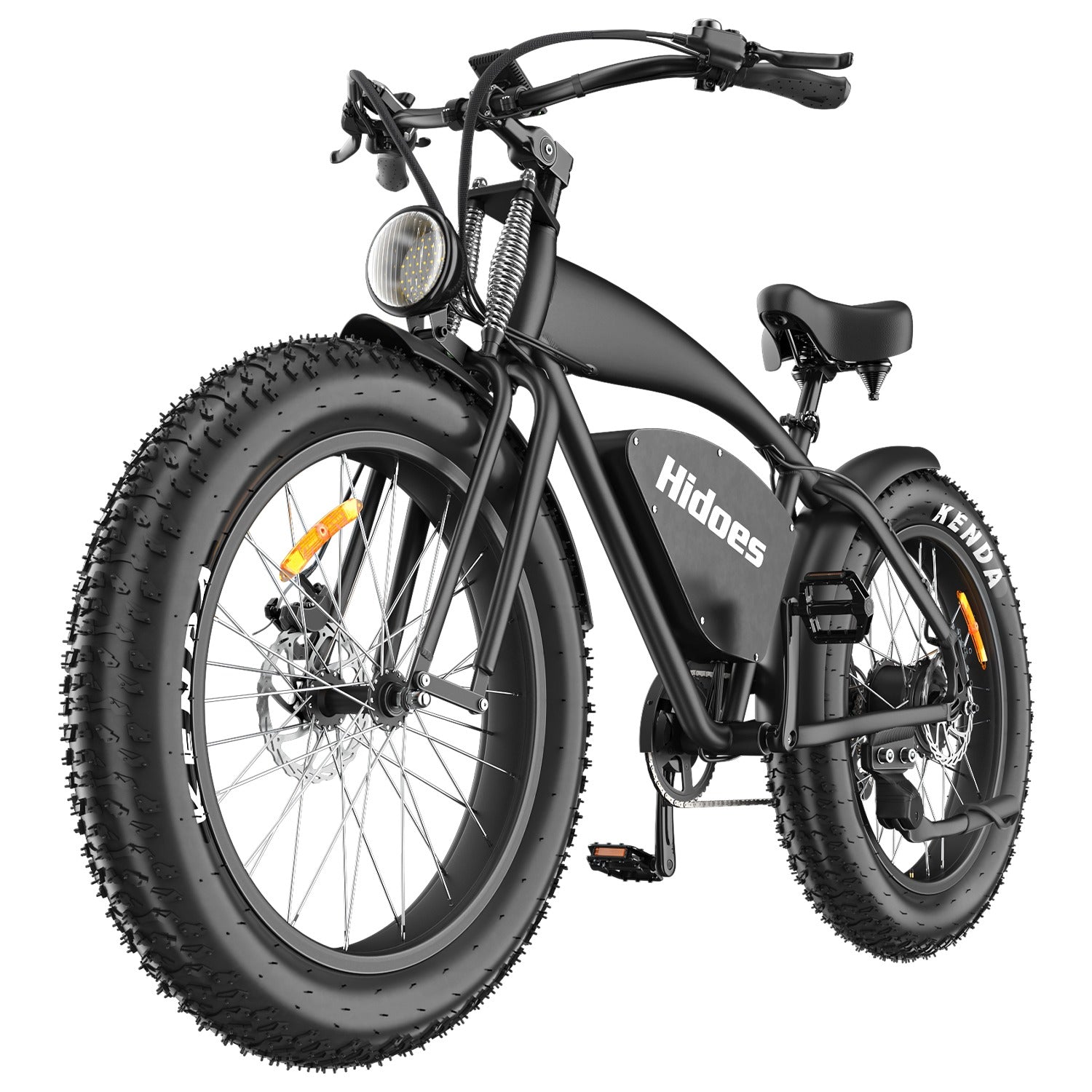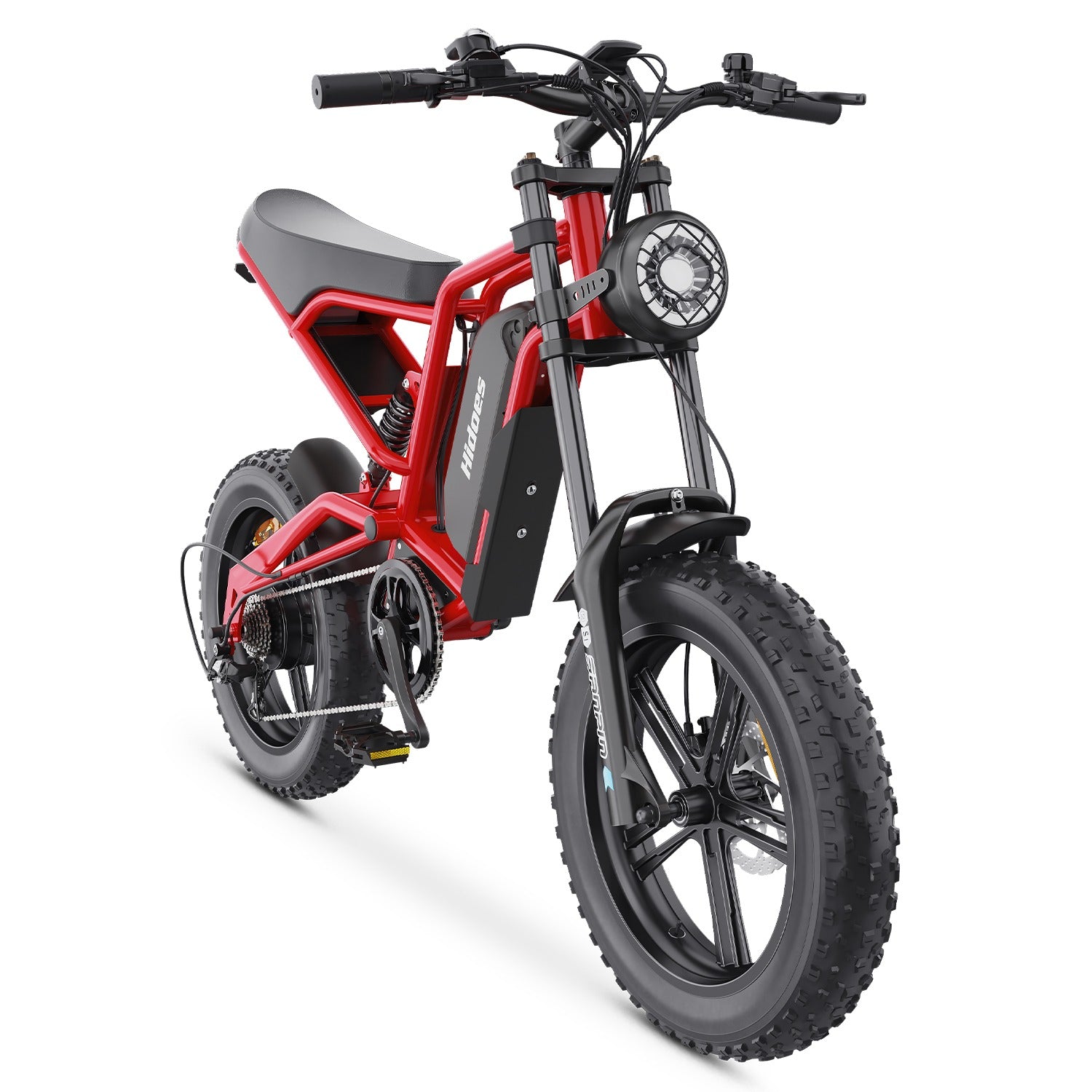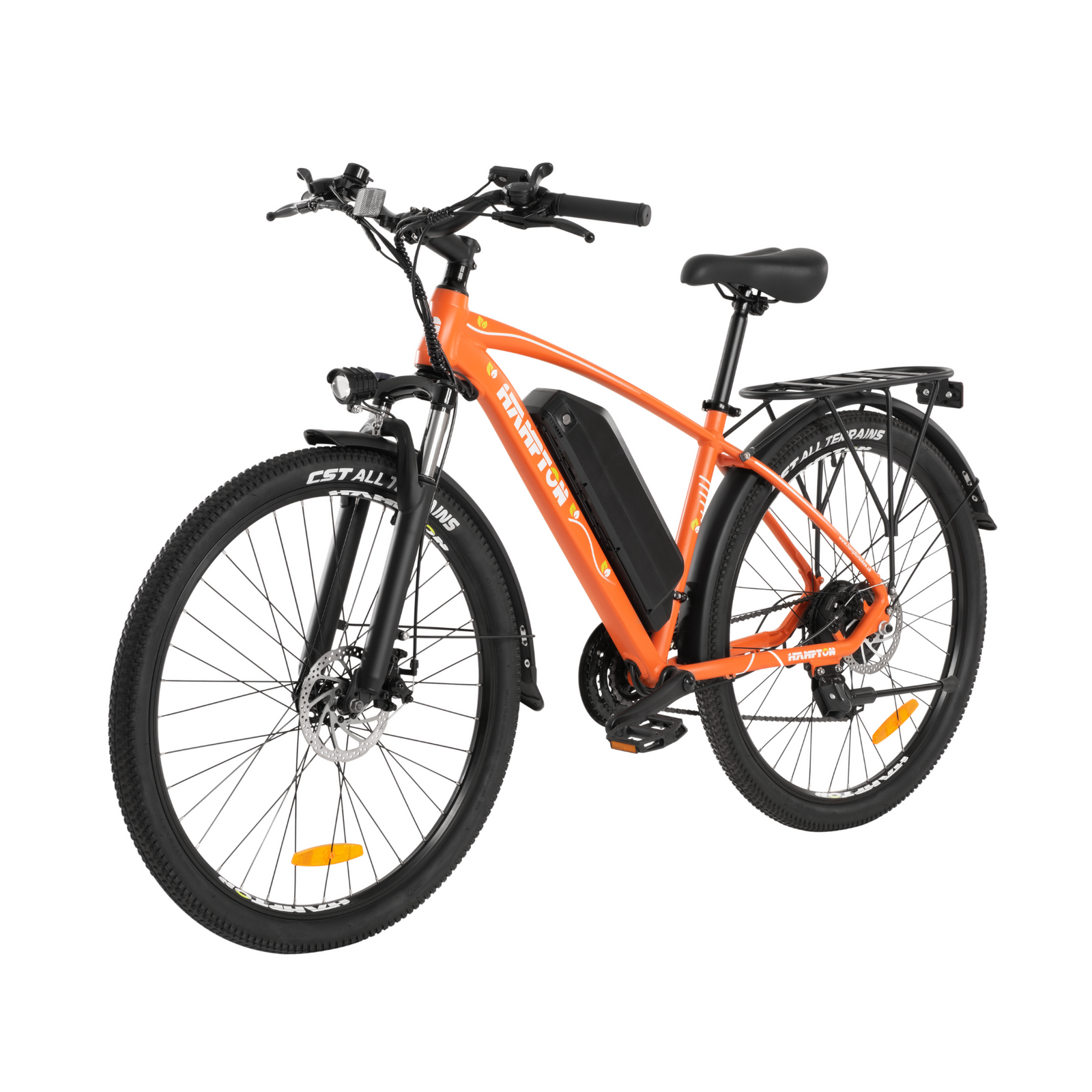Bikes come in quite the range of shapes and styles, despite all being designed to do more-or-less the same thing! To the uninitiated it can be pretty confusing, so we’ve put this guide to e-bike frame designs together to clear things up.
Traditional (double diamond) Crossbar
This quintessential shape of bicycle frame has been around, practically unchanged, for well over 100 years. The strength of the design lends itself just as well to electrically-assisted bicycles, and this is the most commonplace option, particularly on those models like the Cube Kathmandu, that are equipped to explore a little light off-road riding as well as nipping about town.
Step-Through
Eliminating the top tube to create a step-through frame design makes for highly practical electric bikes. Getting around without working up a sweat is a key benefit of e-bikes, and as such many of us ride in normal clothes or even office attire. Swinging a leg over the top tube of a traditional bicycle can be a bit of a pain in a suit, not to mention those of us who aren’t as flexible as we once were! Step-through designs solve this problem and by far are the most popular design in Europe for both male and female riders.
Trapeze
Splitting the difference between traditional and step-through frame designs; trapeze frames – offer easier mounting and dismounting coupled with a sportier aesthetic.
Compact / Mini Velo
A bit of a wildcard option perhaps, but models with smaller 20” wheels are popular with good cause. Using a smaller wheel diameter and shorter overall length, a mini velo is an ideal option for anybody short on space and many of these styles are foldable too.






